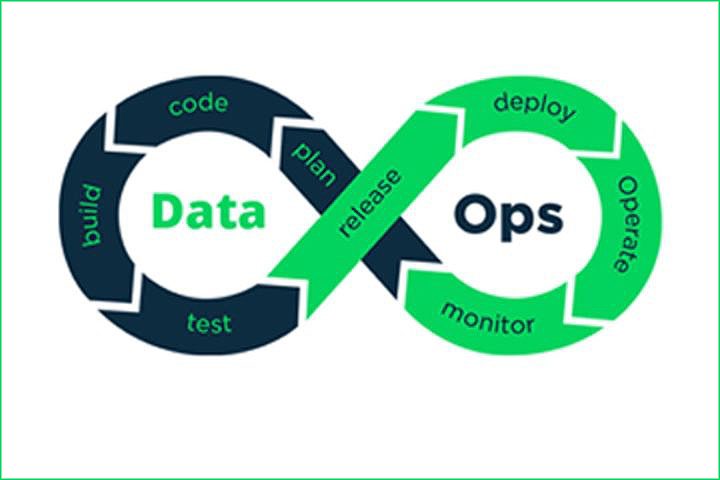Currently, there is a lot of hype surrounding DataOps. What exactly is DataOps? It can be defined as a set of practices and technologies where data management and data engineering are put into operation for delivering continuous data for modernized analytics regardless of constant change.
The following are the three major important terms:
Implementation
This term refers to the building of operational compliance and volatility into your data procedures so that they can resist the changing environment and intense demands of the industry.
Constant data access
Businesses in a digital, post-pandemic world will function at a high pace relentlessly and hence the users will require constant data access. This doesn’t imply the access is limited to real-time data streams but also implies having access immediately to any type of new data emerging.
Continuous changes
Data along with systems are undergoing a continuous change even on a day-to-day basis without prior notice due to instant cloud accessibility. This implies that one must be prepared for unexpected changes and also be able to tackle those changes in a hassle-free manner.
DataOps efficiently handles this data allowing enterprises to consider it reliable for scaling up contemporary data architectures. It also converts these challenges to business merits.
The three common myths regarding DataOps are discussed below:
- Conventional data integration can assist DataOps
Conventional data integration does not fit in a DataOps world. The approach of traditional data integration seals assumptions regarding architecture and framework so that even tiny harmless changes can halt the flow of data.
The flow of data between data producers and users is obtained by establishing a plot with a data integration program.
In conventional data integration, data engineers should be capable of understanding the details of data sources at all times. This cannot be managed across the thousands of applications and systems in the industry.
Data engineers will not be able to keep up with the constant new changes taking place across this data supply chain on their own.
Even a small change like upgrading of version or a data type change in either the source or destination may create disruption and pose a threat resulting in data loss or corruption.
The true difference between DataOps and conventional data integration models is the amount of control provided by both of them for data engineers in managing a change.
Conventional data integration requires data engineers to keep up with the change manually which is impossible resulting in teams being overworked. On the other hand, DataOps is capable of automating and streamlining the process to the maximum possible level. This allows the data engineers to perform the important task of building fresh data pipelines and delivery of continuous data.
- DataOps is complicated
DataOps can decrease the complexity in enterprises by the integration of DevOps principles thereby enabling automation and observing across the entire life cycle of productivity.
Technologies involving DataOps are also useful in building systems that are volatile to change and allowing self-service for those understanding the data needs of an enterprise.
Data pipeline life cycle can be operationalized and businesses authorize data engineers for scaling and swiftly integrating systems while simultaneously reinforcing the stability and volatility of the created data pipelines.
Data engineers can be trained with a DataOps approach that can enable them to overthrow the defects of conventional data integration and decrease friction, become efficient with automation thereby making the jobs of humans easier and driving greater business results.
DataOps is not prime-time ready
DataOps are definitely within the reach of organizations. Already several organizations are harnessing the DataOps’ power for accelerating their business.
The three steps to build DataOps practice within the organization is as follows:
- Authorization of data engineering team for utilizing a DataOps platform
Isolate the team of data engineering from the details of the particular domain and also from the technological outlook of your data producers and users.
- 2. Building a CoE with DataOps’ power
With the aid of CoE (Centre of excellence), data engineers can develop the skills and knowledge required for offering quick integration and support for communicating between data producers and users without any disruption.
Since the DataOps platform abstracts away major technical details, a CoE comprising of a small data engineering team can allow hundreds of analysts and also data consumers to access the required data themselves.
- Enabling of data monitoring
When both the above steps are done correctly, one can allow their organization with a single layer glass thereby monitoring the functioning of the data architecture across cloud environments and also on-premises providing the monitoring required for transparency and control.
Conclusion
This is the right time for the implementation of DataOps. With the adoption of a DataOps approach, industries can aid in eradicating the hurdles and inefficiencies of conventional data integration while authorizing all stakeholders across teams.
With DataOps, industries can restore the business swiftness and the deserved certainty from data.




